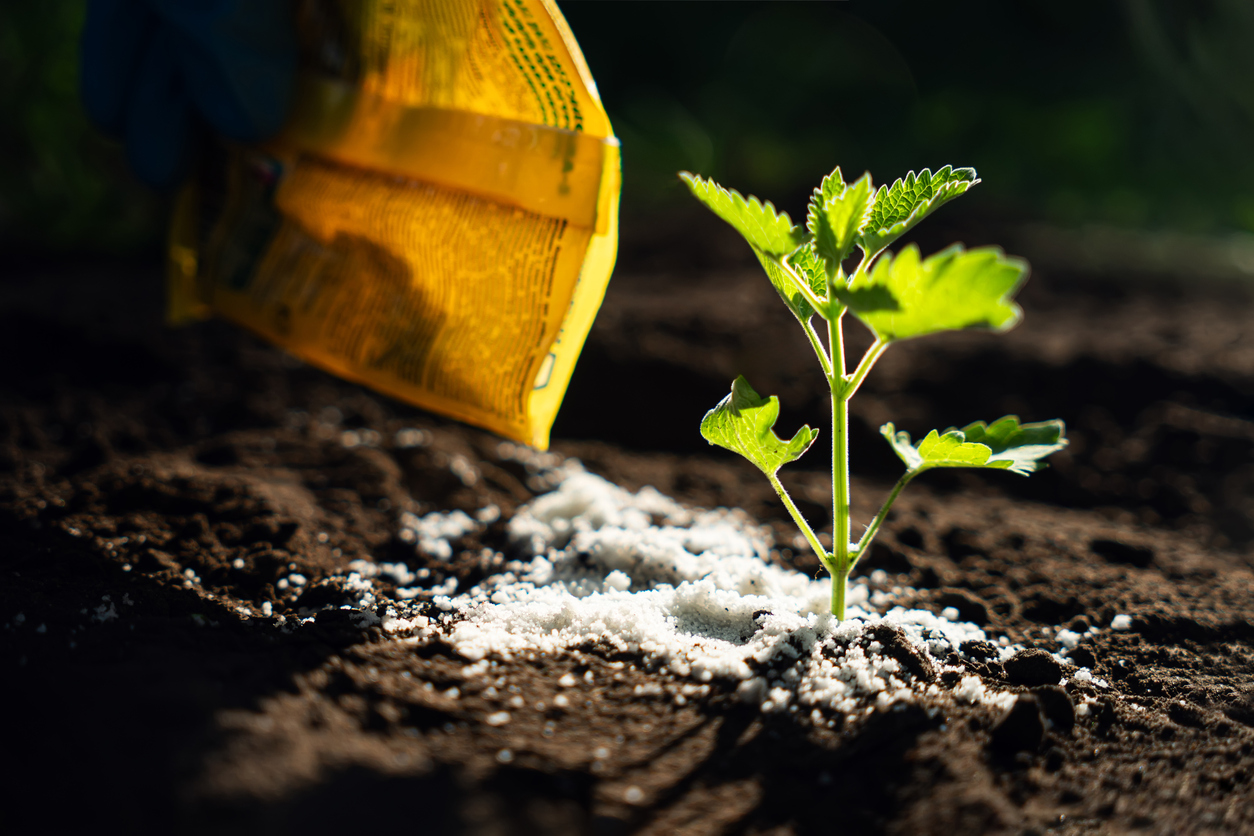The Right Diet for Your Plants
In this lesson, students will learn how to read a fertilizer label, understand the components of fertilizers, and explore factors for choosing the appropriate fertilizer for a given situation. Students will use their knowledge and conduct research on one type of soil supplement to design a persuasive product advertisement.

Background
Lesson Activities
Recommended Companion Resources
Credits
Author
Pamela Emery | California Foundation for Agriculture in the Classroom
Acknowledgements
This lesson was updated in 2013 with funding from California Foundation for Agriculture in the Classroom and a grant from the California Department of Food and Agriculture’s Fertilizer Research and Education Program. The Fertilizer Research and Education Program (FREP) funds and facilitates research to advance the environmentally safe and agronomically sound use and handling of fertilizer materials. FREP serves growers, agricultural supply and service professionals, extension personnel, public agencies, consultants, and other interested parties. FREP is a part of the California Department of Food and Agriculture (CDFA), Division of Inspections Services.
Editor: Shaney Emerson
Executive Director: Judy Culbertson
Illustrator: Toni Smith
Layout and Design: Nina Danner
Copy Editor: Leah Rosasco
Standards
National Content Area Standards
- Career & Technical Education
- AFNR (Grades 6-8): Plant Science Systems Career Pathway
- PS.01.02: Prepare and manage growing media for use in plant systems.
- PS.01.03: Develop and implement a fertilization plan for specific plants or crops.
- AFNR (Grades 6-8): Plant Science Systems Career Pathway
- Science
- MS-LS2: Ecosystems: Interactions, Energy, and Dynamics
- MS-LS2-1: Analyze and interpret data to provide evidence for the effects of resource availability on organisms and populations of organisms in an ecosystem.
- MS-LS2-3: Develop a model to describe the cycling of matter and flow of energy among living and non-living parts of an ecosystem.
- MS-LS2: Ecosystems: Interactions, Energy, and Dynamics